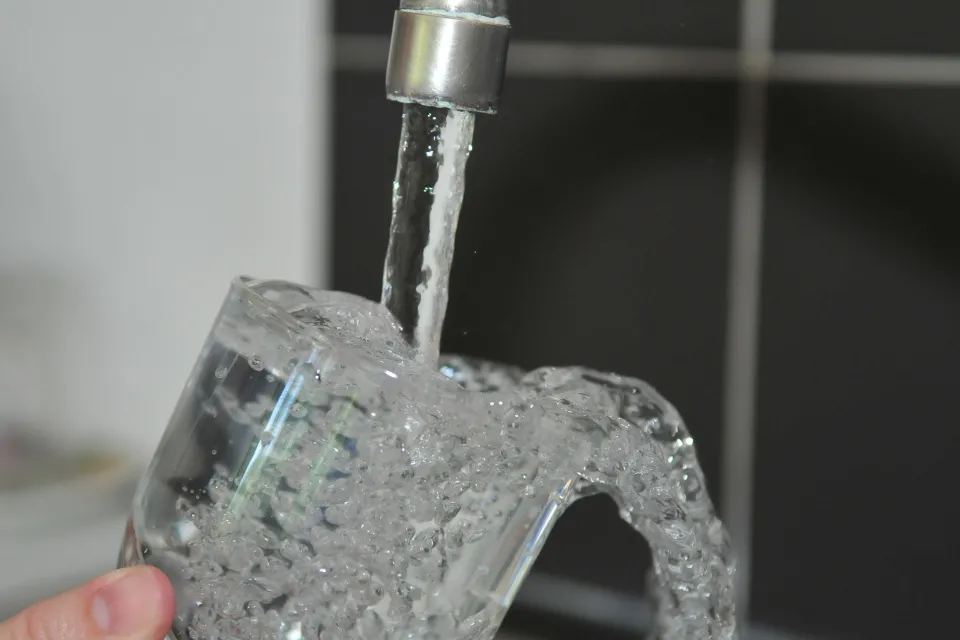Free water testing for vulnerable populations and funding for Southeastern Minnesota well owners

Private well owners in Southeastern Minnesota may be eligible to receive free water testing kits and analysis. They also have an opportunity to apply for funding assistance to fix contamination issues with their water through the TAP-IN Safe Drinking Water Program. Funding will be prioritized to participants who have a financial hardship or if pregnant women or infants under the age of one live in their homes.
Southeastern Minnesota Soil and Water Conservation Districts (SWCDs), county environmental services, and county public health departments run the program funded by the Minnesota Department of Health (MDH).
“To keep our community healthy, the TAP-IN program ensures all residents have equitable access to safe drinking water," said Olmsted SWCD Water Resources Coordinator Caitlin Meyer. "We work together to protect our water sources and help our community."
The karst landscape in Southeastern Minnesota has many sinkholes, springs, caves, and other features that make it easy for contaminants to get into the groundwater. Well owners should test their water regularly to ensure its safety.
Why test well water?
- Nitrate: High nitrate levels in drinking water can be dangerous, especially for babies and pregnant people. Nitrate can enter water from fertilizers and waste. Well owners should test their water for nitrate every year.
- Coliform bacteria: This bacteria indicates that water might be contaminated by sewage, animals, or surface water, which could mean other harmful germs are present. Test for coliform bacteria every year.
- Arsenic: This is found naturally in soil and rocks but can dissolve into water and cause serious health problems. Test for arsenic at least once.
- Manganese: Small amounts are okay, but too much can cause problems with memory and learning, especially for kids. Households with children should test for manganese at least once.
- Lead: Lead can get into water from old pipes and affect development in children, and cause health problems in adults. Test for lead at least once, especially in households with infants.
What to do if contaminants are present in well water
If water has high levels of these contaminants, well owners can apply for financial assistance for remediation. This can include installing water treatment equipment, fixing wells, or sometimes even installing a new well. Funding is limited, so assistance will depend on eligibility.
"The health of our community is our top priority," said Olmsted County Public Health Environmental Health Lab Manager Lauri Clements. "By offering free well water testing and financial assistance, we are taking a service-focused approach to addressing environmental health concerns to help ensure residents in Southeastern Minnesota have clean and safe water to drink."
How to apply
To apply for the TAP-IN program, participants need to:
- Use a private well for drinking water. Homeowners and renters in Dodge, Fillmore, Goodhue, Houston, Mower, Olmsted, Rice, Wabasha & Winona counties can apply.
- Have a certified lab test showing the well is contaminated. The test must be from the last three years.
- Meet priority eligibility requirements. Participants may get extra assistance if they have a financial hardship or if pregnant women or infants under the age of one live in their homes.
- Consult a licensed professional for a plan and cost estimate to fix the well. Participants should consult a licensed well driller, licensed pump installed, or water treatment professional. Any work done on the well prior to approval from the local county office will not be reimbursed.
- Use the online form to submit the application, project plan, and lab test report to a local county office or SWCD.
Individuals who have questions or need help applying may contact their local public health or SWCD office.
